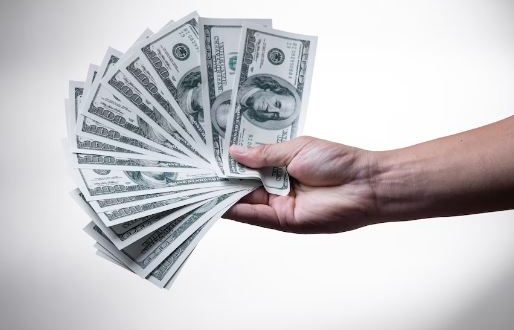The Federal Reserve is expecting significant losses in 2023, mainly due to higher costs. This was announced by the central bank of the United States last Friday.
The interest rate was raised to reduce the money supply, causing commercial banks and other institutions to pay more interest on reserves at the Federal Reserve. As a result, the Fed’s spending increased. At the same time, the Fed started selling bonds to shrink its balance sheet, causing a paper loss. According to Reuters, the Federal Reserve’s income turned negative in 2023, with a loss of $114.3 billion compared to a $58.8 billion profit in 2022.
The Federal Reserve paid out $28.11 billion in interest on deposits to financial institutions last year. In 2022, the payment was $10.24 billion. In 2023, they earned $16.38 billion in interest from bonds held by the Fed, while in 2022 it was $17 billion. The total operating expenses of the 12 regional institutions of the Fed in 2023 were $5.5 billion.
The Fed bought a lot of bonds during the pandemic to keep interest rates low and boost the economy. This is called ‘Quantitative Easing’ and it has put a lot of money into the financial system, making it easier for businesses and people to borrow money.
Since 2022, the Fed has sold over a trillion dollars in Treasury and mortgage bonds, taking money out of the market. This has caused a liquidity crisis and decreased interest income, which happened to the Fed last year.
Over the past decade, the Federal Reserve has paid huge sums of money to the government’s revenue department. The budget deficit of the government has been filled with that money. Now he is facing loss. As a result, it will not be possible for him to pay the revenue department of the government for some time.
The Fed’s losses are not surprising because they have been raising policy rates aggressively to increase inflation. However, inflationary pressures are now decreasing. Many believe that the Fed will not raise policy rates again or that they have reached the maximum interest rates.
According to Reuters, the Fed might make a profit again once the policy rate hike is over. However, a study by the St. Louis Federal Reserve shows that it would take another four to five years for the Fed to share profits with the U.S. Department of Revenue. Despite this loss, the Federal Reserve’s ability to set monetary policy will remain unaffected.
 InfoSecBulletin Cybersecurity for mankind
InfoSecBulletin Cybersecurity for mankind














